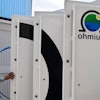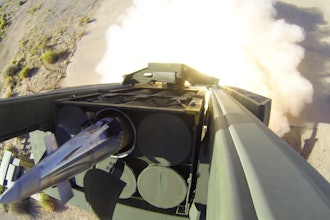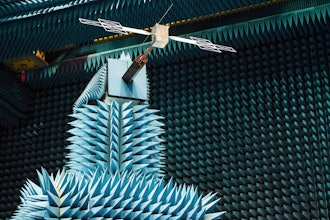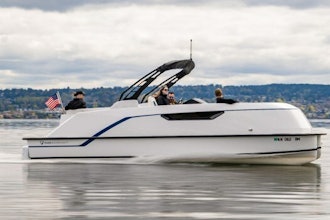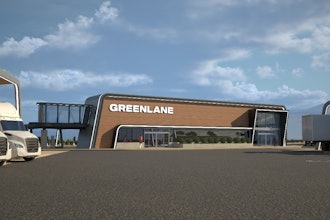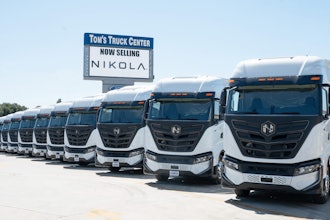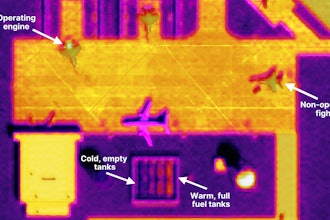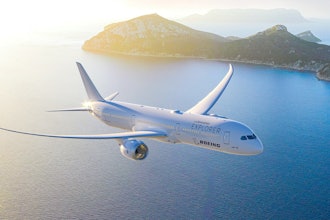That term Evil Genius can have some interesting correlations. For example, because every other method of transport has become more difficult in smuggling large quantities of drugs into the U.S., the Coast Guard is now dealing with a whole new class of marine vessels.
First encountered off the coast of El Salvador, the Coast Guard has begun picking up hybrid vessels that ride just beneath the surface of the water in transporting drugs from South America.
These low-profile vessels (LPVs) are designed with a sharp bow and elongated body to help avoid radar. One confiscated vessel was only 6’ wide but 54’ long. It was carrying more than two tons of cocaine.
These ships typically use only a small mast or conning tower to navigate. Outboard engines and a chameleon-like paint job help them blend in with the water.
South American drug dealers began using fully submersible submarines in the 1990s, but they’re expensive and complicated to build and drive. LPVs are less expensive and often constructed under the cover of the Columbian jungle.
Many LPVs are even custom-made to match the specifications of their cargo. If transporting a smaller payload, for example, the LPV will be made as narrow as possible in helping to cut through the water and travel faster.
And the design evolution hasn’t stopped with aerodynamics. In recent years more LPVs are being built with lead shielding to minimize their heat signature in evading infrared sensing tools. New models even feature piping along the bottom so water can cool the ship’s exhaust.
In response, the Coast Guard has re-engineered radar equipment from F-16s and added enhanced optical sensors to the planes that provide air support.
Although the Coast Guard set a record by seizing more than 400,000 pounds of cocaine last year, the reality is that they’re patrolling a body of water roughly the size of the continental U.S. and looking with for highly elusive craft with less than a dozen boats.
This is IEN Now with Jeff Reinke.

